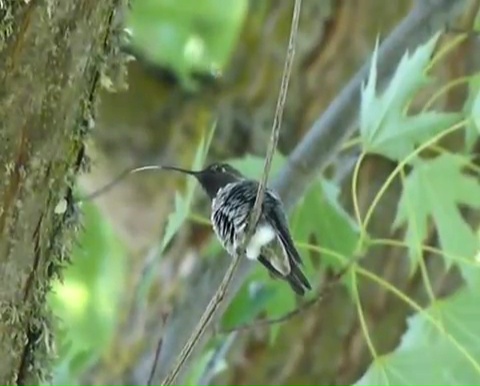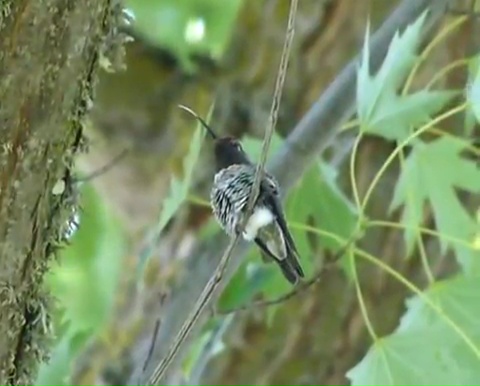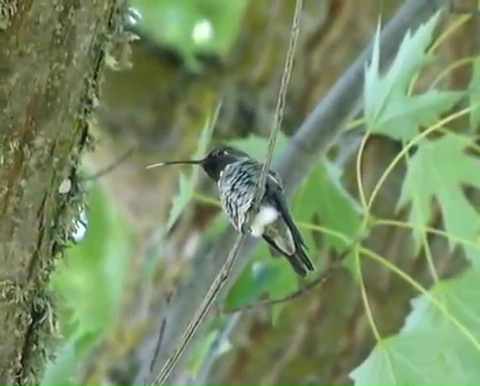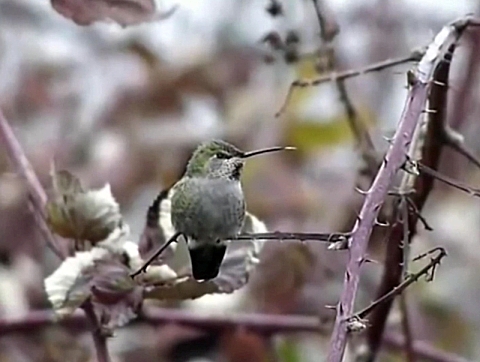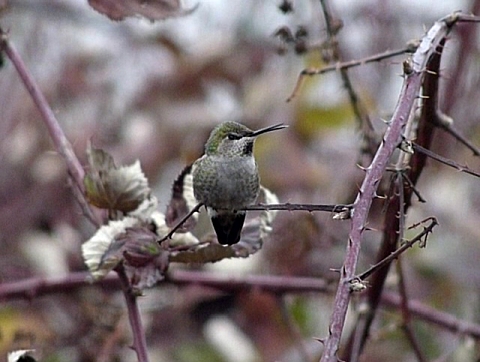|
Explanation: What are these hummingbirds doing? I shot the above videos in slow motion (240 frames per second) to illustrate an interesting behavior, at least in this species, the Anna's Hummingbird. Watch for the long tongue darting in and out. They seem to be tasting the air, much as a lizard or snake might do. But are they really doing this? I can find no studies on this behavior in hummingbirds ... although a few studies have reported some hummingbirds tongue-flicking minerals from soil, but nothing about air tongue-flicking. Recent studies and amazing videos in the laboratory have revealed that hummingbird tongues are remarkable "micropumps" that reshape themselves upon extraction from a flower's nectar reservoir. This serves to return nectar by trapping it in microgrooves in the tongue that open upon extraction. The hummingbird tongue, it turns out, does not suction nectar, nor does it act using capillary action. Well and good ... but why are they polling the air? Here
are some frame-grabs from my videos, showing the extruding tongues:
|
